Tucked away behind Twizel and down a gravel road, Ben Ohau Road Cheese is a stunning little enterprise. It personifies the quiet but sure-footed evolution of Twizel, which now proudly sports the moniker, the Heart of the High Country. The brains behind this rustic, unpretentious and deliciously distinctive endeavour is Matt Dunnicliff – a name you may well recognise from the radio game.
For years, he was a familiar voice and trusty producer on Newstalk ZB and Radio Sport, keeping the likes of Martin Devlin in line. Eleven years ago, Matt and his wife, Tracey, bought this block of land with big sky lifestyle dreams, eager to escape the Auckland rat-race. Tracey was brought up in the hydro town, so it was very much a return to her roots. Matt had started dabbling in cheese-making after attending a demonstration in Auckland – and became hooked.
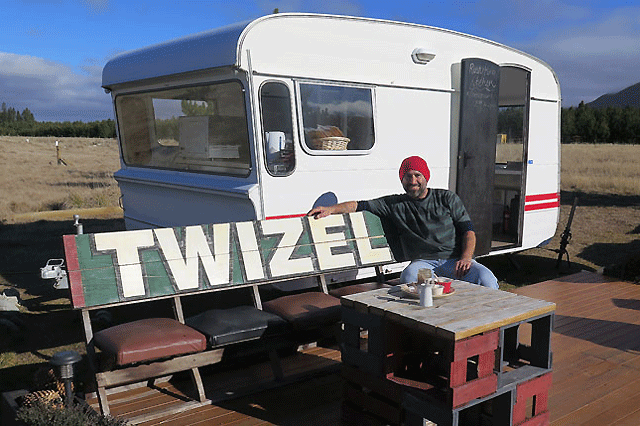
Tracey, who was previously a scientist, is a qualified chef and cakemaker – she was a finalist in Masterchef, in 2010. For the past five years, Ben Ohau Road Cheese produces has been producing small quantities of premium quality artisan cheeses on a lifestyle block, underpinned by a staunch upcyling and recycling ethos. A converted shipping container is Matt’s Cheese Room, while a caravan has been configured as a commercial kitchen.
The cheese-making takes place without a traditional electrical supply – the gas and hot water is already reliant on solar power and Matt is planning to go fully solar, soon. It is an inspirational work in progress. Over the summer months, Matt will make cheese four days a week, producing a tonne and a half of hand-made cheese annually. His artisan creations are magnificent, and true to Twizel’s collaborative spirit, you’ll find the product available from a variety of outlets, including High Country Salmon.
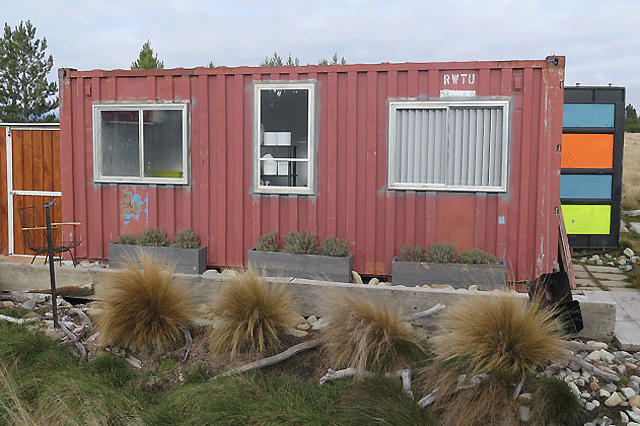
I chatted to Matt as I devoured one of his moreish tasting platters, where the cheeses thoughtfully celebrate a sense of place.The Waitaki Welsh is a British-style pressed cheese, paired with rhubarb and ginger chutney. My runaway favourite is the Aorangi Tangi, a soured curd creamy cheese matched with spicy pear jelly.
It is a taste sensation with the local salmon. Be sure to add a visit to Ben Ohau Road Cheese to your Twizel sightseeing. You’ll love engaging with this gregarious and passionate lifestyler who is contentedly living the dream. www.benohauroadcheese.co.nz
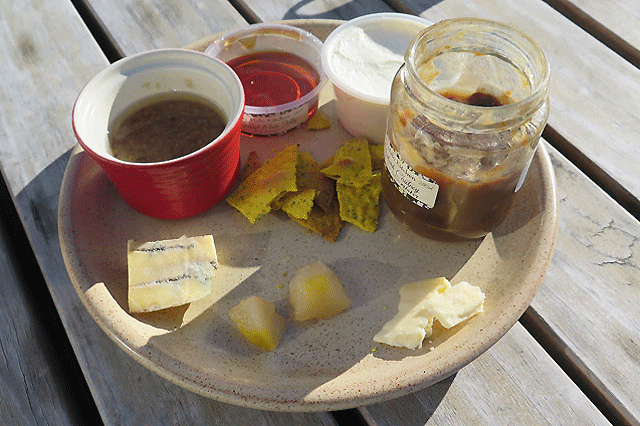
Inventive, boutique enterprises continue to pop up all over the Mackenzie. Just down the road from the cheese-maker, I admired Skyscape, a new accommodation experience now open, which consists of a luxury glass pod, crowned with a grass roof. Ultra-chic and eco-friendly, SkyScape is also solar powered.
A fabulous way to get an insightful overview of the Twizel region is to join a Three Lakes Tour with Lakeland Explorer. Owned and operated by the delightful Jill Johnson, Lakeland Explorer offer a variety of tours, transfer services and even night tours of the sky. I joined some fellow guests on Jill’s Three Lakes Tour, which weaves together the watery jewels of Pukaki, Ohau and the rowing mecca of Ruataniwha, on a three hour romp across the majestic Mackenzie.

As we marvelled over the iridescent turquoise hues of Pukaki, with Aoraki glinting in the distance, and the switching light, Jill pointed out the big boulder on the shoreline. Ominously jutting out of the water, it’s a tell-tale sign that the lake levels are profoundly low. Passing by Pukaki Airfield, rumour has it that an Asian investor wants to upgrade and extend the airstrip, so that jets can fly in. Oprah would like that – she recently stayed at Mt. Cook Lakeside Retreat.
We shadowed the gleaming canals that liberally lace the region, replete with salmon and trout, spell-bound by their other-worldly hues which fast change shade with the shifting light. There’s 50kms of canals between Tekapo and Benmore. Jill remarked that with a width of 30 feet and a depth of 60 feet, you could actually float the QE2 in the canals. Now that would be a traffic-stopper!
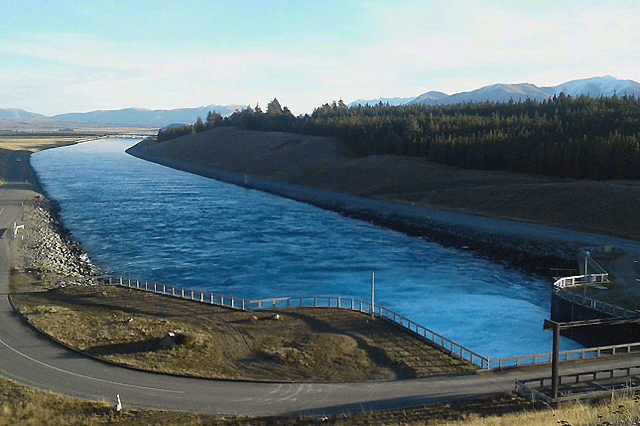
By Ben Ohau Station, there’s the novelty of walking through a stream that winds underneath a canal through a tunnel. Water running underneath a bigger body of water? You don’t see that every day. Jill mentioned she’ll often ride her horse through here.
Adjacent to Ben Ohau Station, the undulating expanse of the tawny tussocked-Ruataniwha Conservation Park serves up a spree of scenic walking options, which I made a pact to explore on a future visit. We also paused to soak up the cinematic grandeur of “Pelennor Field“ as seen in Lord of the Rings, and shot on Ben Ohau Station, at the foot of the mountain range. Ben Ohau Range’s reflected glory in the glossy canals behind Twizel are screensaver-worthy.
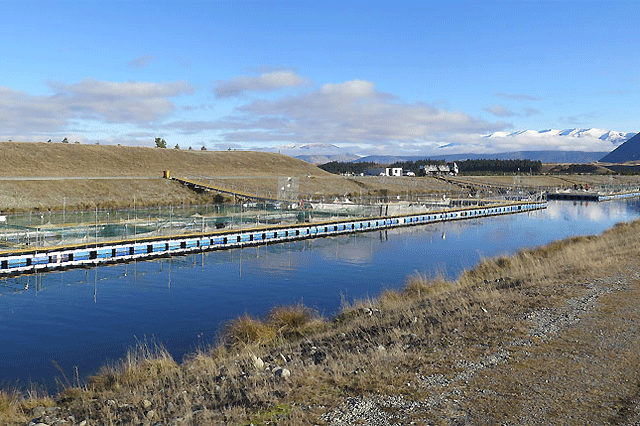
I snapped away like a gannet. Gazing across the deep blue expanse of Lake Ohau, Jill pointed out the billowing proliferation of wilding pines, galloping across the tussocked landscape. A Ministry of Works landscape officer, Jim Mitchell, planted the first pine tree in 1966, in a bid to create a shelterbelt against the notorious nor’westers. By the time the Waitaki hydro project was completed in 1983, 166,822 trees had been planted! And aside from resembling perfectly-formed Christmas trees, they remain an invasive scourge.
It was through Jill’s tour that I gained a major deeper appreciation for the sheer magnitude of the Waitaki power scheme, which harnesses water to produce 50% of New Zealand’s hydro-power and 30% of our total electricity generation. The sprawling network of inter-linking canals, lakes, spillways and power stations really is an engineering tour de force. A lovely retired couple on the tour had recently relocated from “too busy, too expensive” Queenstown to Twizel – the town that was meant to be temporary.
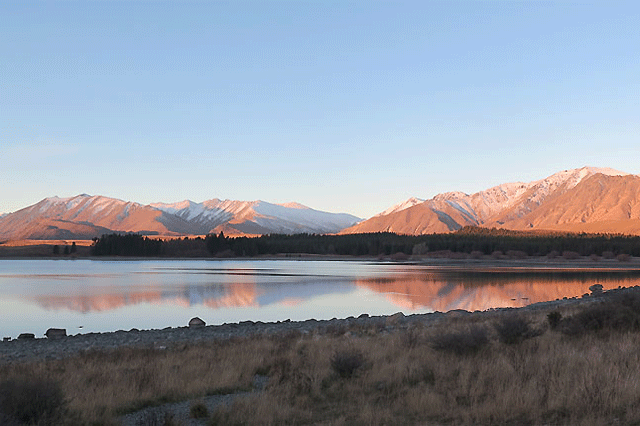
By the early 1980s, with the hydro project completed, the 600-strong workers settlement was starting to be dismantled. The Ministry of Works intended carting away the iconic hydro houses , with the settlement reverting to farmland, in Ruataniwha Station. But a handful residents were determined to stay put and successfully convinced the government to sell them the hydro houses.
Twizel’s population tanked to just 300 in 1984 and you could buy one of those houses for just $12,000. Nowadays, even the most basic of those workers houses sells for $300,000, as Twizel’s grows from strength to strength. Take a tour with Jill and this plucky town’s seductive charms could soon be working their magic on you, with a view to snaring your own slice of real estate. Twizel is undeniably on a roll. Sub-divisions are sprouting beyond the initial Scandinavian-inspired circular roading pattern. But will it become an over-priced, over –populated resort town?
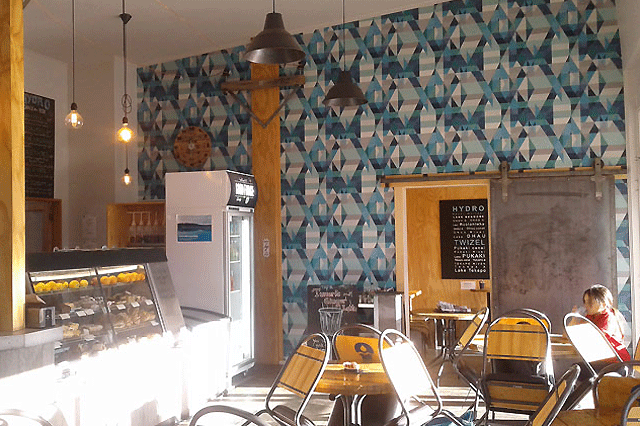
Let’s hope it doesn’t repeat the mistakes of its southern sisters. www.lakelandexplorer.co.nz
Great hospitality? I love how some Twizel eateries lustily pay homage to its rich hydro construction roots. As the name would suggest, Hydro Café is a fabulously retro affair with works project fittings and homely 1970s décor. Similarly, MOW Bar & Eatery is an evocative, celebratory salute to the guts and glory of the mammoth Ministry of Works project, with original works plans and memorabilia festooning its walls.
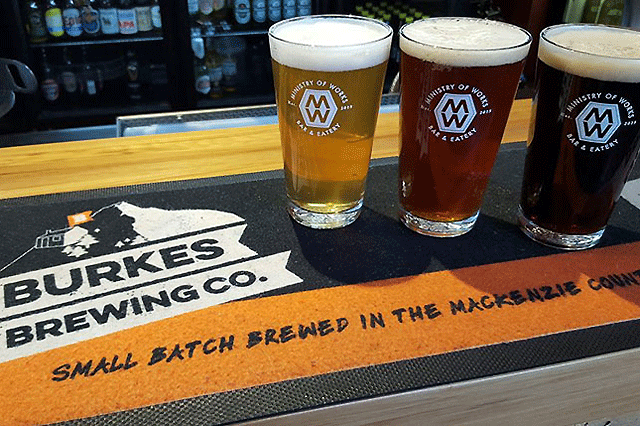
Next to Shawty’s, this buzzy and playful venue which is also operated by Troy Sheridan, offering a superb range of dishes designed to share with a craft beer from Burkes Brewing Co. A winning roost in Twizel is the Mackenzie Country Inn, with its striking timber and stonework. With over 100 tastefully appointed rooms and a fully licensed restaurant, the convivial bar is a great spot to unwind in front of a blazing fire. www.mackenzie.co.nz

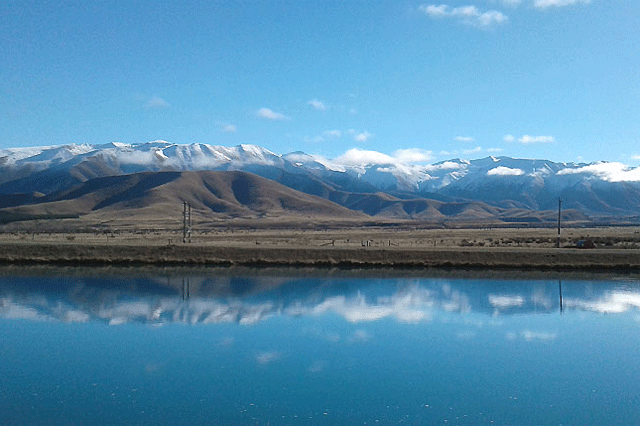
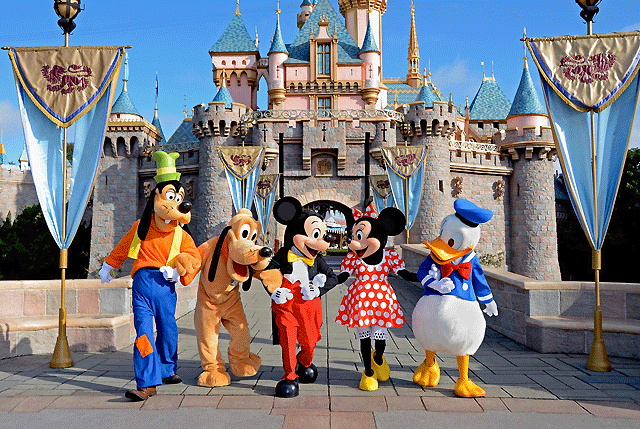
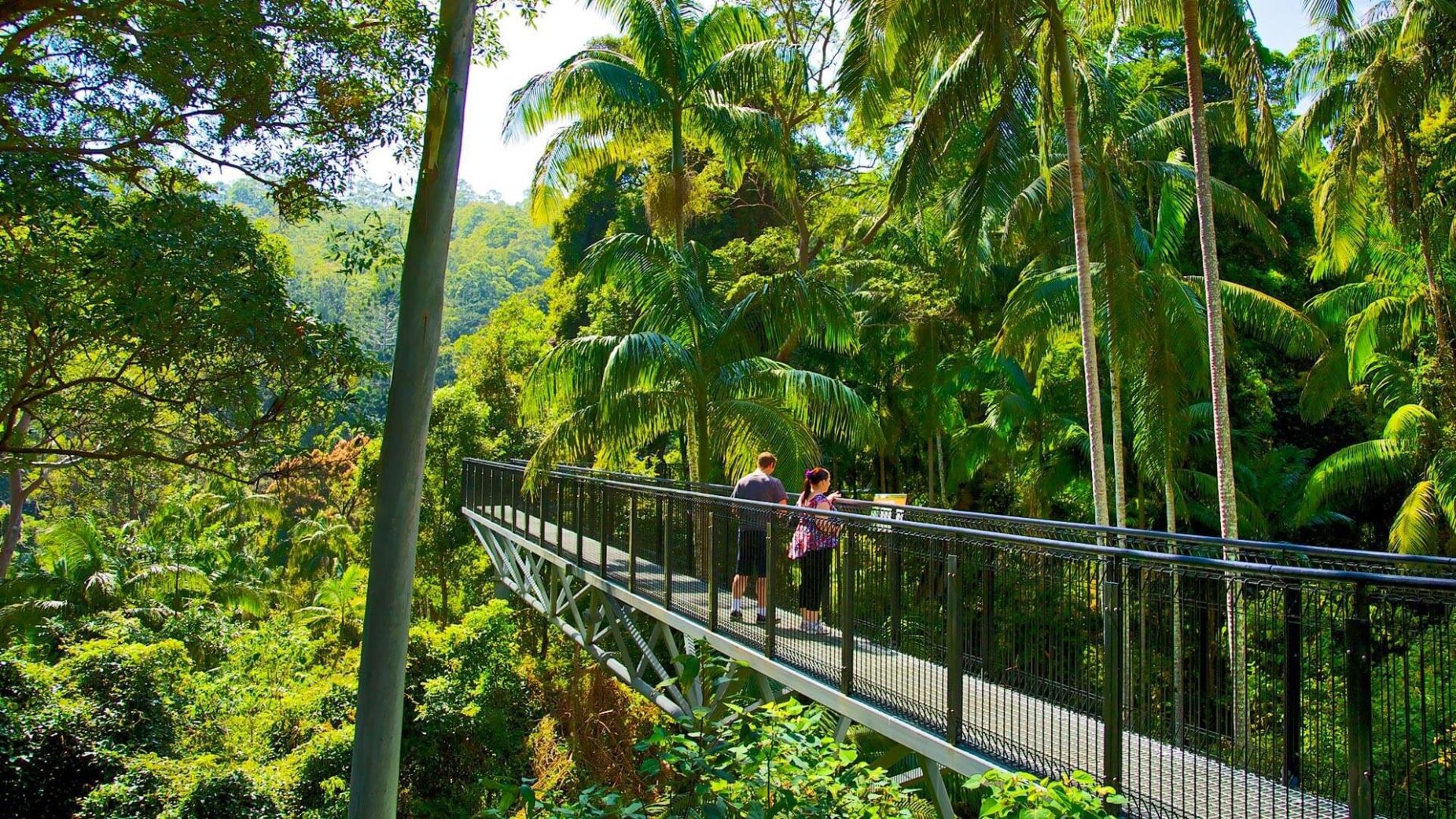
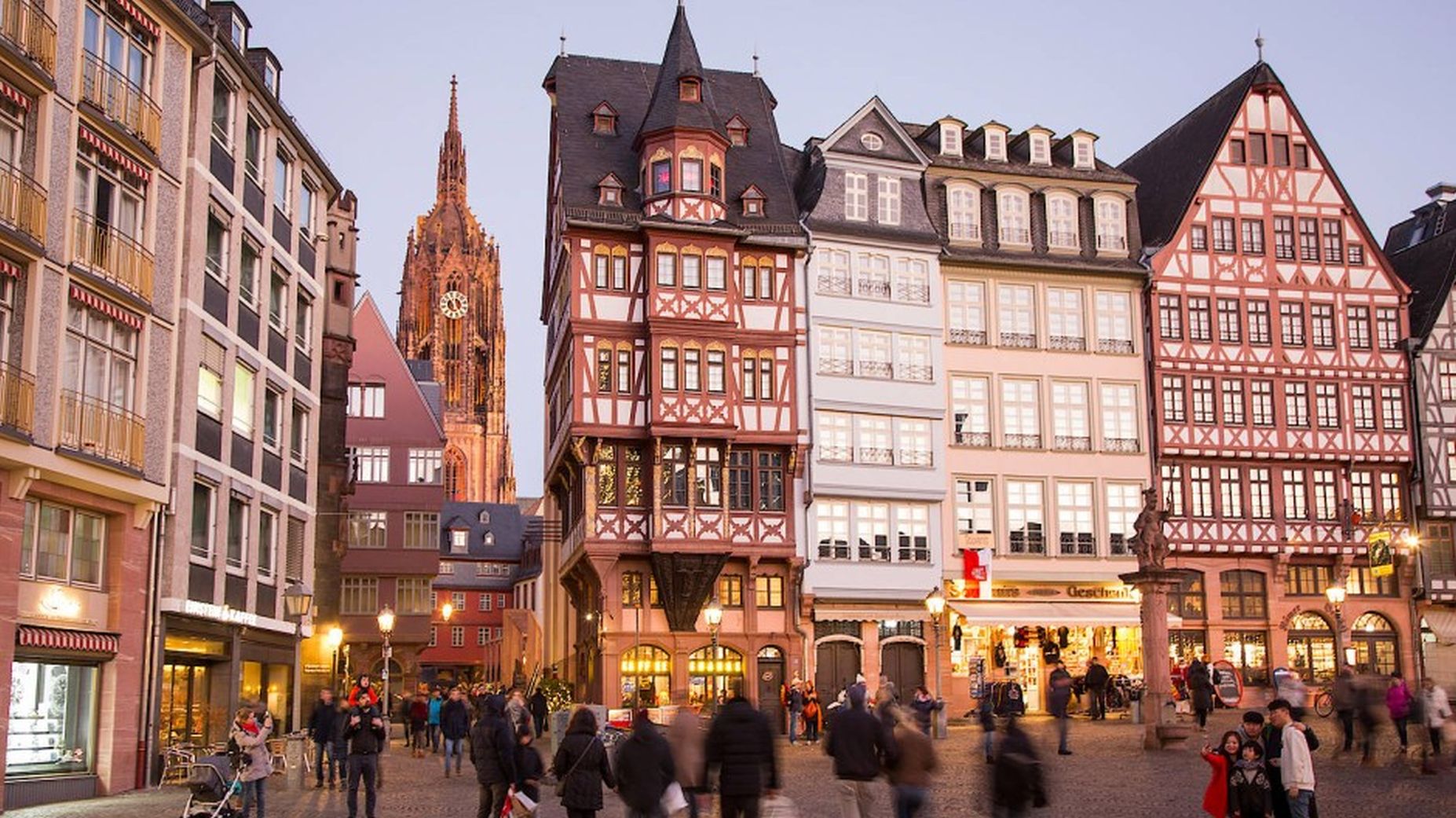
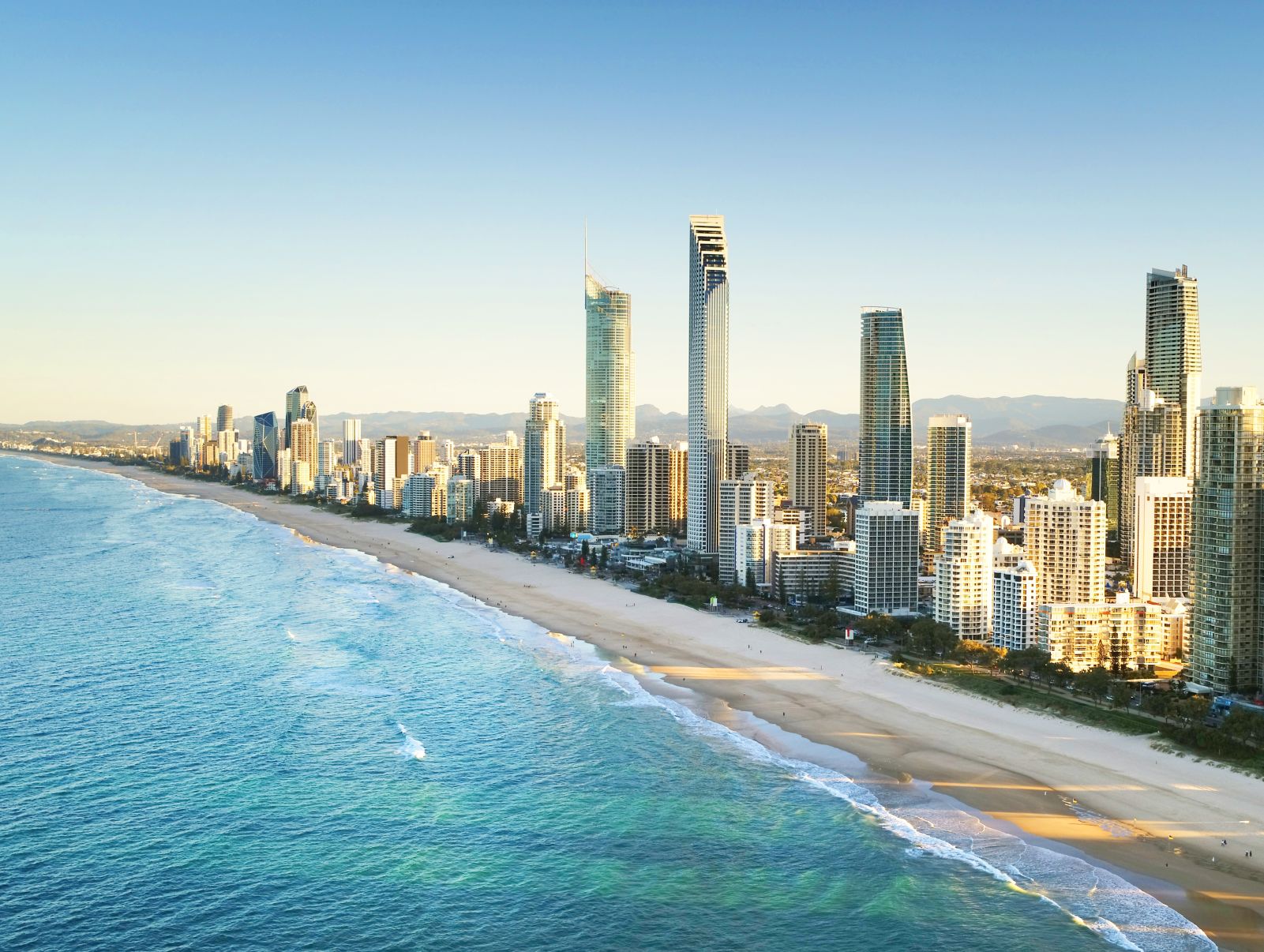
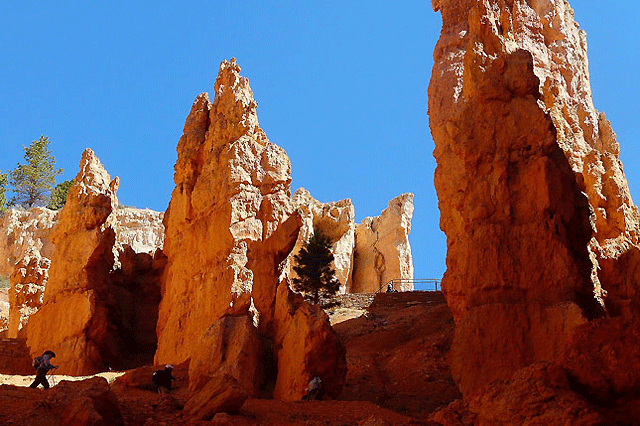
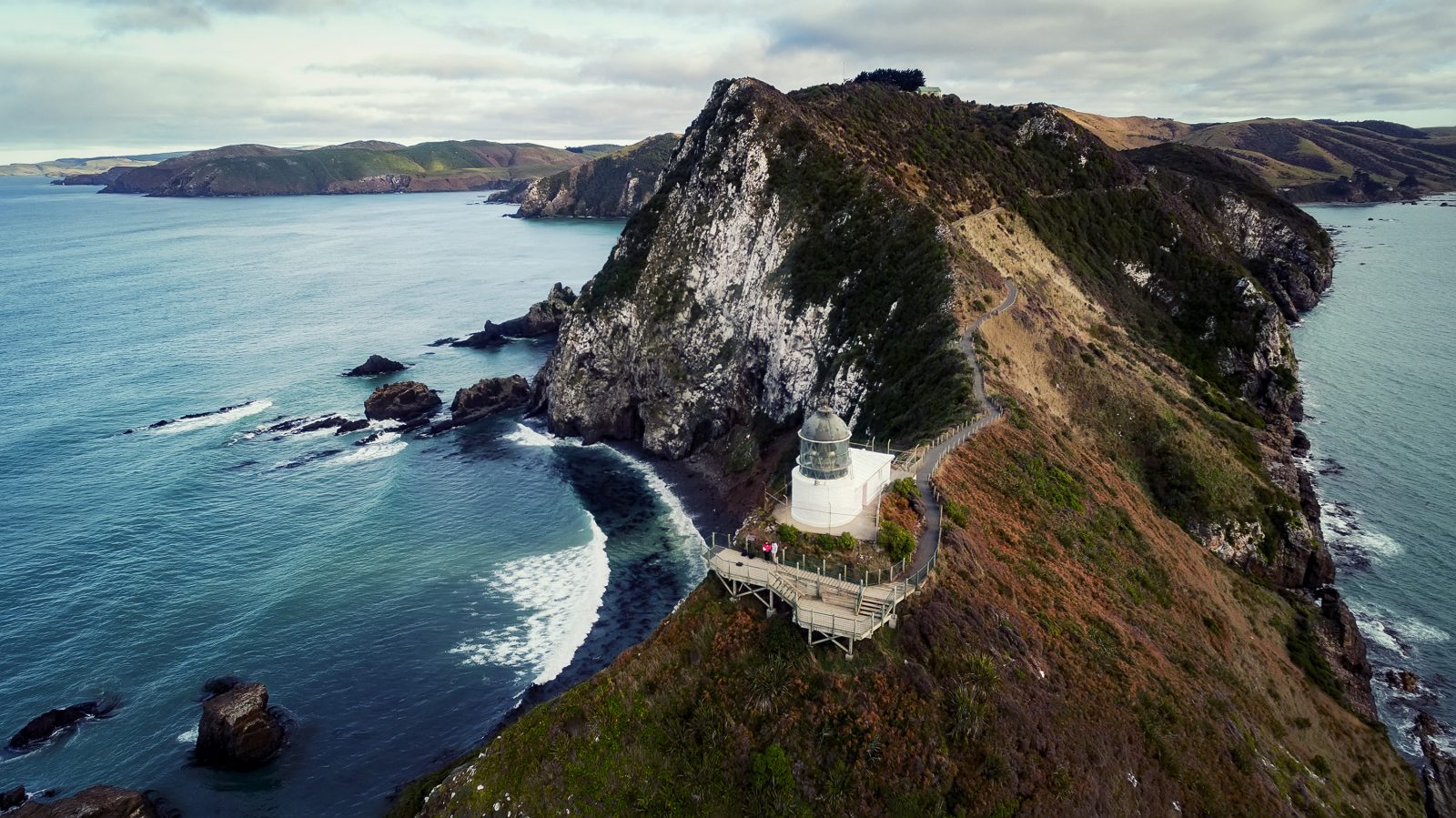
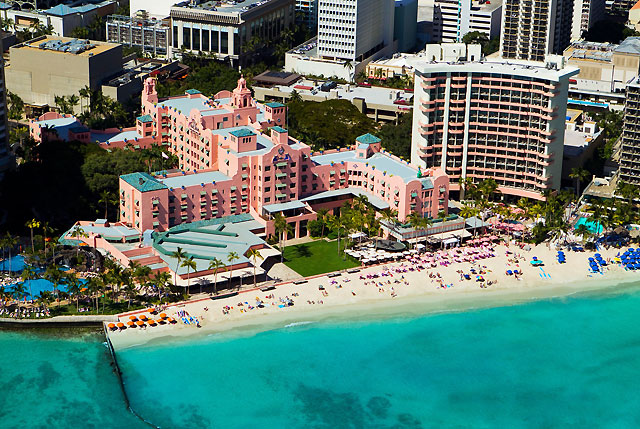
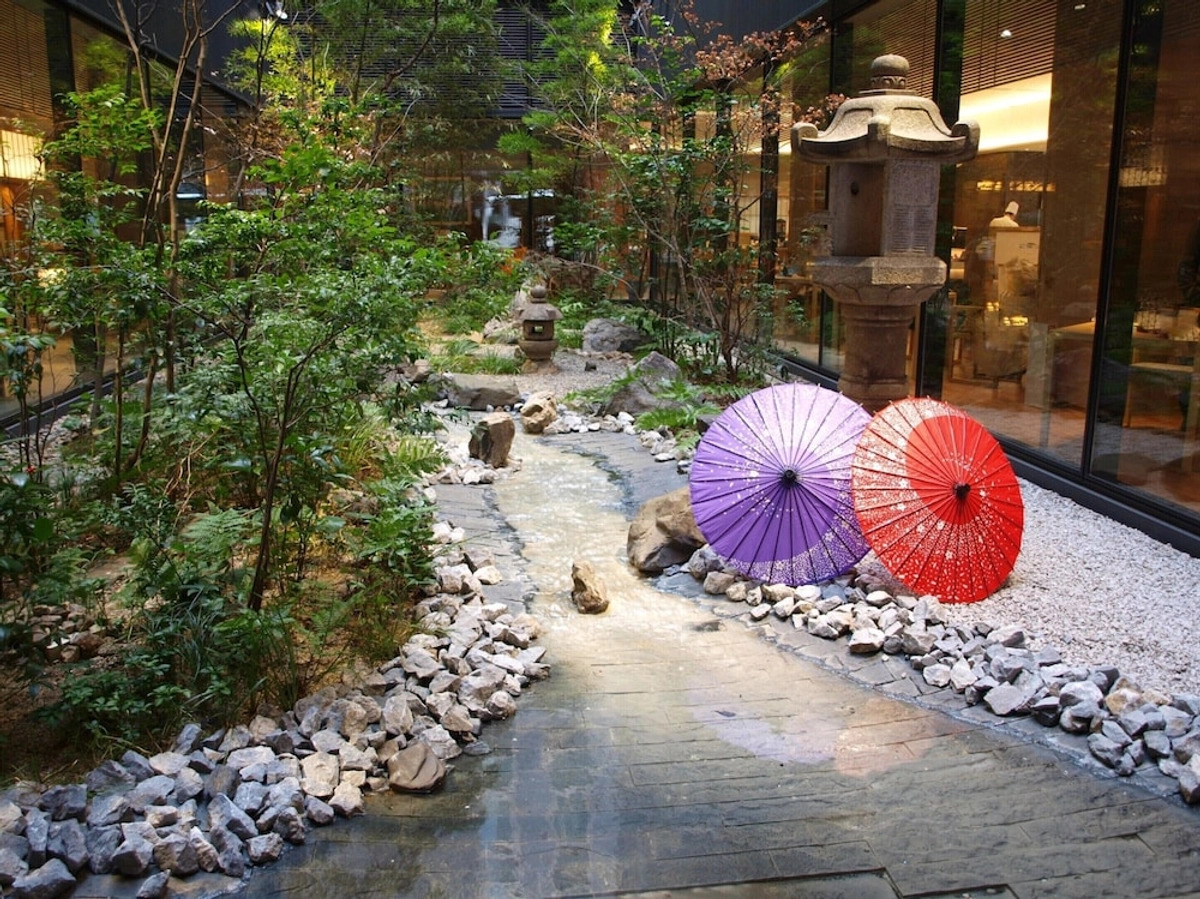



Recent Comments